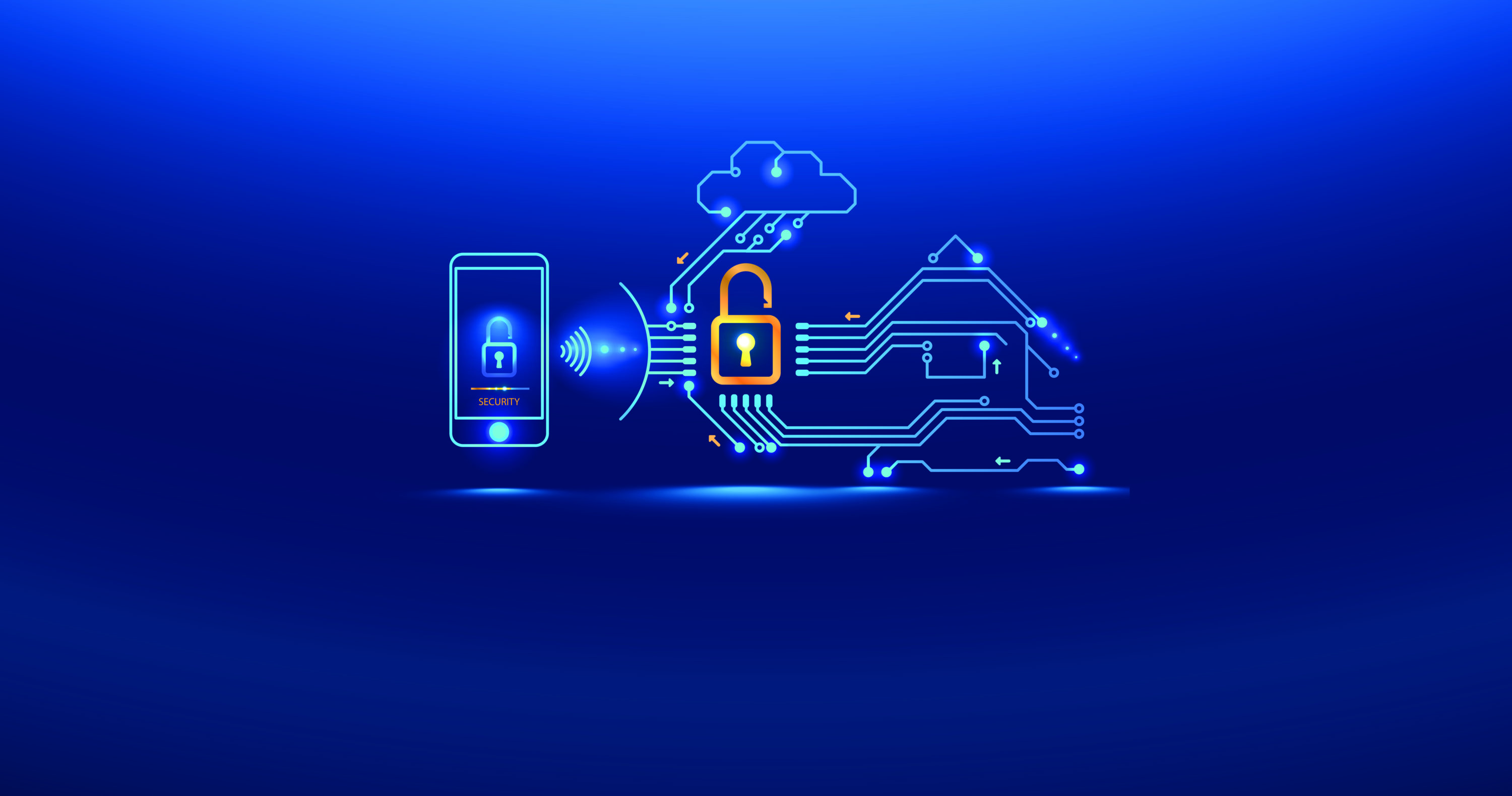I recently purchased a Wi-Fi security cam for my home. Was it to keep a vigilant eye out for “porch pirates” during the holiday gift delivery season? Maybe I’m contemplating adding a smart lock to the front door so Amazon Key can let strangers into my home.
Nope, none of the above. I set up a remotely viewable camera that toggles between a food bowl and pet bed so that my wife can watch our furry family member when we’re not at home. It’s pretty amazing really, from your smartphone you can move it, zoom in, activate a microphone…even see in the dark. We might also be affording the same control to a hacker who might access the device through our Wi-Fi network.
Well, maybe that’s not a concern for you; you’re not pet-obsessed or you see no need for cameras in the house. And you’re certainly not about to install a web-accessible deadbolt for the front door. Well, do you have a fitbit or some other brand of fitness band? How about a smart TV with web-accessible apps for Netflix or Hulu? Such “connected” devices seem innocuous, but hackers can access their data from outside your home that lets them know when you’re not at home… even how long you’re usually gone during your exercise routine or what time you usually cut the TV off and go to bed.
Before you swear never to purchase such items, realize that you soon won’t be able to avoid them—everything from your thermostat to your refrigerator will likely all be sharing data via the Internet, a phenomenon referred to as the Internet of Things (IoT).
But there is a caveat to all this connectivity; the one thing all IoT devices have in common is the same access point—usually your home network.
Thus, the best way to keep your home safe is to keep your home network secure. First, check your encryption protocol. At-one-time standard Wired Equivalent Privacy (WEP) is far too weak for today’s hackers; make sure you use Wi-Fi Protected Access II (WPA2) along with a strong (i.e. complex) password. Also, you’ll want to rename your network and any connected devices to something vague and obscure. Often the default will somehow shout “router!” or “security camera!” and give hackers an easy target—depending on your level of cheekiness, try something like “device #2” or “FBI Surveillance Van.” Some experts even recommend maintaining two networks (many routers are capable of multiple SSIDs) with unique passwords, one for surfing devices like laptops and tablets and one for smart devices and appliances. And lastly, one can’t stress enough the practice of good password management. You should always change factory-set administrator passwords (the most common is “1234”…yikes!) and replace with something strong and complex. You should also change them all every 30 to 90 days according to most experts.
Now before you freak out and worry over what your Internet-connected toaster might be telling your neighbors, know that many IoT devices are still in their infancy/early adopter phase—meaning that not enough people have them yet that hackers and thieves are large scale targeting them. But, know that it will happen…and it will probably happen sooner than you think.








Leave A Comment